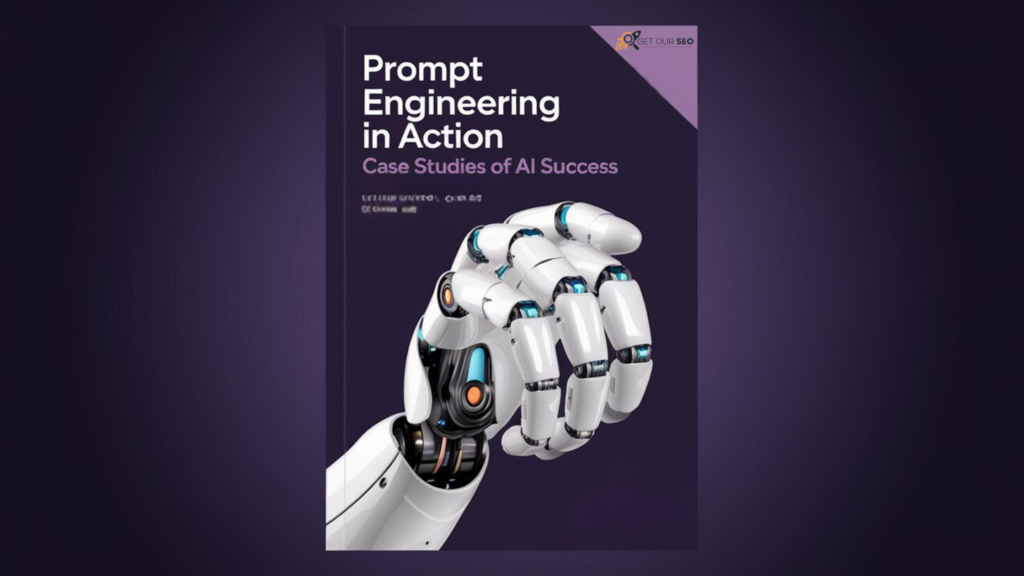Introduction
Prompt engineering involves designing and refining inputs (prompts) to direct AI models toward generating desired outputs. This practice is crucial for tailoring AI responses to specific tasks, ensuring accuracy, and mitigating issues like irrelevant or inappropriate content. The following case studies highlight the transformative impact of prompt engineering in real-world scenarios.

Case Study 1: Enhancing Customer Service with AI Chatbots
A financial services company implemented a chatbot powered by GPT-3 to handle customer inquiries. Through prompt engineering, they fine-tuned the AI’s responses to improve accuracy and relevance, resulting in higher customer satisfaction ratings.
Outcome:
- Improved response times and accuracy.
- Increased customer satisfaction and loyalty.
Case Study 2: Automating Legal Document Review
Legal document review is traditionally time-consuming. By employing prompt engineering with large language models like BERT, researchers automated the review process, achieving an accuracy of 95% in detecting relevant clauses and identifying potential legal issues.
Outcome:
- Significant reduction in manual review time.
- Enhanced accuracy in legal document analysis.
Case Study 3: Streamlining Medical Diagnosis
In healthcare, prompt engineering has been utilized to train AI models on medical diagnoses and symptoms. Researchers achieved an accuracy of 96% in diagnosing common medical conditions, streamlining the diagnostic process and improving patient outcomes.
Outcome:
- Faster and more accurate medical diagnoses.
- Improved patient care and resource allocation.
Case Study 4: Detecting Fake News
Addressing the challenge of misinformation, researchers used prompt engineering to train GPT-3 on a dataset of articles labeled as “real” or “fake.” They achieved an accuracy of 95.6% in detecting fake news articles, showcasing AI’s potential in content verification.

Outcome:
- Enhanced ability to identify and mitigate the spread of fake news.
- Support for maintaining information integrity.
Real-World Applications of Prompt Engineering
Beyond these case studies, prompt engineering finds applications in various domains:
- Product Recommendations: By analyzing customer data, AI models can generate personalized product suggestions, enhancing sales and customer satisfaction. Merge Rocks
- Employee Onboarding and Training: Interactive prompts guide new hires through onboarding processes, providing relevant information and training materials efficiently. Merge Rocks
- Content Creation and Marketing: AI assists in generating ideas and outlines for blog posts, social media copy, and advertising campaigns, streamlining the content creation process. Merge Rocks
FAQs
Q1: What is prompt engineering?
A1: Prompt engineering involves designing and refining inputs to guide AI models toward generating desired outputs, ensuring accuracy and relevance in AI-generated content.
Q2: How does prompt engineering benefit businesses?
A2: It enhances AI applications in customer service, product recommendations, content creation, and more, leading to improved efficiency, accuracy, and customer satisfaction.
Q3: Can prompt engineering be applied across different industries?
A3: Yes, prompt engineering is versatile and can be tailored to various sectors, including healthcare, legal, marketing, and education, to optimize AI performance.
Conclusion
Prompt engineering serves as a critical bridge between AI capabilities and practical applications. By meticulously crafting prompts, organizations can harness AI’s potential to address specific challenges, streamline operations, and drive innovation across diverse industries.


